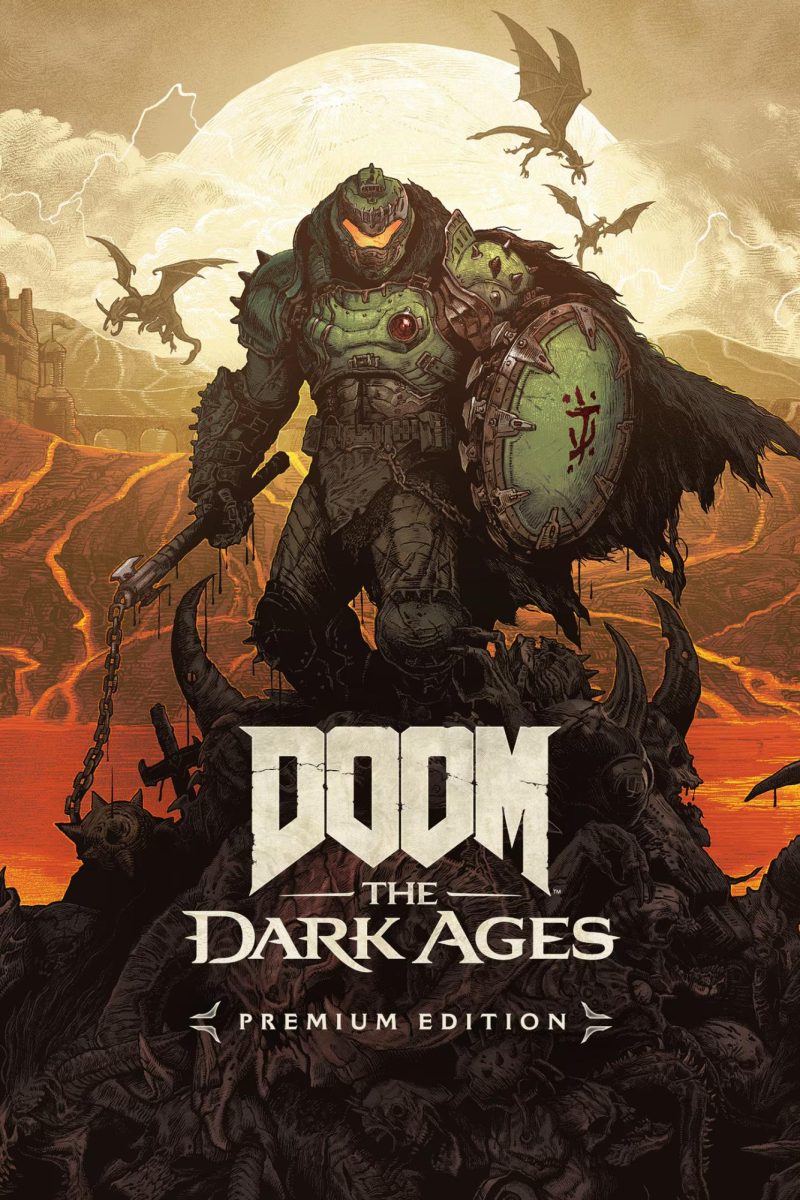Horror movies almost never begin with bad circumstances. Leads and characters usually begin their thrilling tale with the best of purposes, only to have their plans unravel into the chaos and destruction scary movie lovers pay to watch over and over again.
Being directed by David Gleb and produced by Blumhouse Productions (who have also produced ‘The Purge,” “Insidious” and “Sinister” movies), “The Lazarus Effect” is no exception to the thrilling cliché.
The film follows a group of four scientists researching at an unnamed university, accompanied by Eva (played by Sarah Bolger), a student at the university documenting their experiments. Frank (played by Mark Duplass), his fiancee Zoe (played by Olivia Wilde), Niko (played by Donald Glover, also known by his rapper name, “Childish Gambino”) and Clay (played by Evan Peters) are working on a serum that may be able to achieve what Jesus achieved in the book of John when a man named Lazarus passes away—bring the dead back to life.
After successfully reviving a dead animal without the permission of the university, their experiments are suddenly shut down just as the team makes their biggest breakthrough in their three years of research.
“The Lazarus Effect” had a cast I loved; Wilde, Peters and Glover are three of my favorite performers and I was excited to see them in a movie together. It seemed like a random cast at first but a cast that worked well together; not to mention that you rarely see a horror movie with actors/actresses who are well known or have made a name for themselves. They each played their roles well and I enjoyed seeing Wilde as the evil antagonist rather than a secondary role or love interest role she would normally play.
Having a cast that was a bit more popular than your average horror movie, I expected there to be a line of people out the door of the theater the first Friday the movie was out. Preparing for the worst and not wanting to be too late to a sold out movie, I bought the tickets online the day before and we even showed up to the theater half an hour early to make sure we could get a group of four seats together in the theater. Nothing is worse than having to split up the group or sit in the front row.
To our surprise, there were about eight other movie goers. All the preparation, all the planning ahead just so we could walk into an empty theater and practically pick any seat we wanted.
And what an interesting assortment of people it was.
In the back, we had what was either a family or just a large group of people with a wide variety of ages; half way through the movie we looked to our left to see one of the group members bear-crawling up the stairs like something straight out of “The Ring,” making me wonder whether we were there to see a scary movie or be in one.
To top of our already misfit group of strangers, one row down and four seats to my right, we had the suspicious old man who came to see the movie alone. He barely moved throughout the entire film, making it unclear whether or not he was:
One: Asleep.
Two: So engrossed in the movie he could not move, paralyzed by both fear and entertainment.
Or three: Not alive.
I made sure to check on him slyly after the movie was over and came to the conclusion that it was either option one or option two. Thankfully.
Our group consisted of three avid scary-movie watchers and one amateur viewer (who stayed curled in his seat with his hood on the majority of the movie. But no judgment). “The Lazarus Effect” did in fact meet the standard.
Overall I enjoyed watching. It was entertaining, had you jump in your seat and laugh at your friend next to you doing the same thing. The idea behind the movie was interesting—bringing the dead back to life—almost a modern “Frankenstein;” there were aspects to the movie that left you thinking about life and death later. While slightly predictable, it was fun to sit guessing with your friends as to what was going to happen, which character was the next to go and what you would do if that was you.
Although there were definitely some grab-the-person-next-to-you scenes, overall the film had a great plot concept that could have been better. Instead of using their good idea to make the movie something original, they ended up using the same classic thriller movie gimmicks we have seen in all great scary movies, making it very similar to their sister movies like “Insidious” or “The Purge.” Using dark lighting and flashing lights to their advantage, the pitch black worked well in instilling anxiety of the unknown; that Wilde’s character Zoe could be lurking around any corner or standing right behind you.
“The Lazarus Effect” was a good film for a movie night at home with your friends, something you rent On Demand or grab at a Redbox—not a movie I would pay $12 to see in theaters or buy on DVD. But if you are interested, I am sure there will be plenty of seats waiting for you in the theater—do not worry about buying in advance.
Categories:
‘Lazarus Effect’ proves cliche
Story continues below advertisement
0
Donate to The Viking Vanguard
$15
$500
Contributed
Our Goal
Your donation will support Viking Student Media and the content we create. Your contribution will allow us to purchase equipment and cover our annual costs, including website hosting, printing the newspaper and yearbook, and purchasing new equipment.
More to Discover
About the Contributor
Kameran Miller, Reporter




